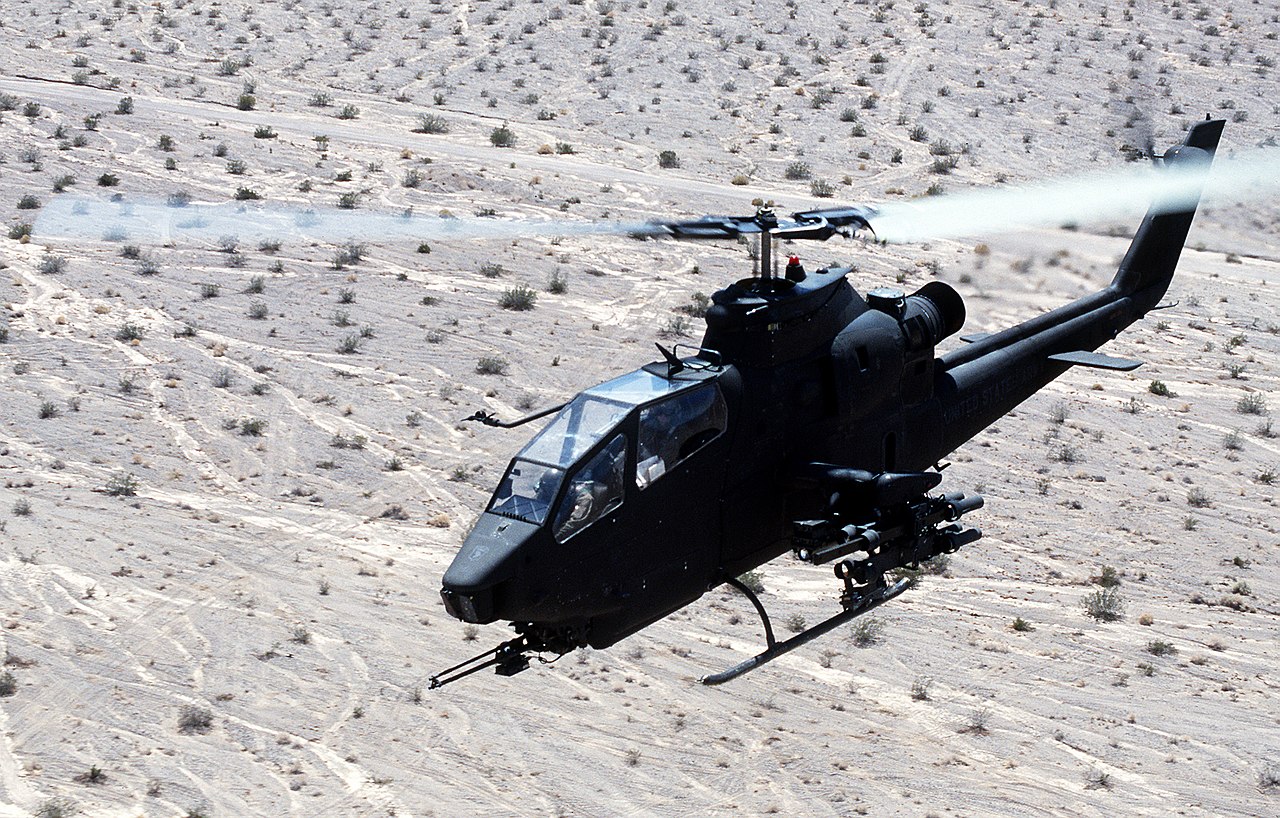
“Ormsby had deserted his post… while on picket duty… – taking with him two horses and six pistols – to join up with Colonel John Mosby’s Confederate Rangers.”
By James Carson
TROOPS OF THE Independent Cavalry Brigade, 22nd Corps, Department of Washington, assembled on Ayr’s Hill in Vienna, Virginia on Feb, 7, 1864 to witness the execution of Private William E. Ormsby, Company E, 2nd Massachusetts Cavalry.
Ormsby had deserted his post on Jan. 24, while on picket duty at Lewinsville, just three miles west of Washington D.C. Taking two horses and six pistols with him, he went to join up with Colonel John Mosby’s Confederate Rangers. [1]
Little is known of Private Ormsby’s background except that he was a member of the regiment’s so-called California Battalion, companies that had been recruited in the Golden State. Allegedly, Ormsby had a relationship with a woman in Aldie, Virginia who had close ties to the Confederacy.
Determined to bring Orsmby back, brigade commander Colonel Charles Russell Lowell sent 60 troops of the 2nd Massachusetts after him. They ran into the fugitive and eight of Mosby’s Rangers on Feb. 5 at Aldie Mill. Ormsby was captured by the men of his old unit, while the others got away. Lowell quickly convened a court martial the following day. He was found guilty of treason and sentenced to die by firing squad. [2]

As Quarter-Master Sergeant Cyrus G. Shepard of the 16th New York Cavalry noted years later, “deserters to the enemy were always shot when the traitor could be secured. In this case, the traitor deserted while doing the important duty of a picket, thus leaving the door unguarded and the camp liable to surprise.” [3]
Apparently to discourage other desertions, Lowell ordered all troops then in camp at Vienna – the 2nd Massachusetts and the 13th and 16th New York Cavalry regiments – to witness the execution.
At 11 a.m. on Sunday, Feb. 7, the brigade was “drawn up in a hollow square, with the rear rank ‘open order,’ and the doomed man, seated on a rough pine box which was to be his coffin, in a cart, was driven around the square, while the band played the death march, and then down the centre where his grave had been dug.” [4]
According to Private Samuel J. Corbett of Company A, 2nd Massachusetts, “he stepped up before the firing party, placed his hand upon his heart, and said, ‘Boys, I hope you will fire well.’ He was then seated upon his coffin, his eyes bandaged; the word was given to the firing party, and William E. Ormsby was in eternity.”

Private Valorous Dearborn, also from Company A, noted that Ormsby “bore it bravely. He died at half past twelve with two bullets in his left breast.” [5]
The regimental adjutant later reported that Ormsby was buried on the spot of his execution. [6]
After the war, the bodies of men who had been hastily buried at Union encampments and battle sites were collected and re-interred in the newly established Arlington National Cemetery. Private Ormsby’s body was among them. He rests in Section 13, near the Confederate Memorial, at grave number 12860, and he may well be the only soldier convicted of treason lying in that hallowed ground.
 JAMES CARSON has more than 30 years of experience as a military intelligence analyst and educator. He received his MA in International Studies from George Washington University and is a graduate of the Army Command and Staff College. He lives in Vienna, Virginia. His book Against the Grain: Colonel Henry M. Lazelle and the U.S. Army came out from University of North Texas Press in December 2015.
JAMES CARSON has more than 30 years of experience as a military intelligence analyst and educator. He received his MA in International Studies from George Washington University and is a graduate of the Army Command and Staff College. He lives in Vienna, Virginia. His book Against the Grain: Colonel Henry M. Lazelle and the U.S. Army came out from University of North Texas Press in December 2015.
[paypal_donation_button]
(Originally published in MilitaryHistoryNow.com on Jan. 6, 2016)









